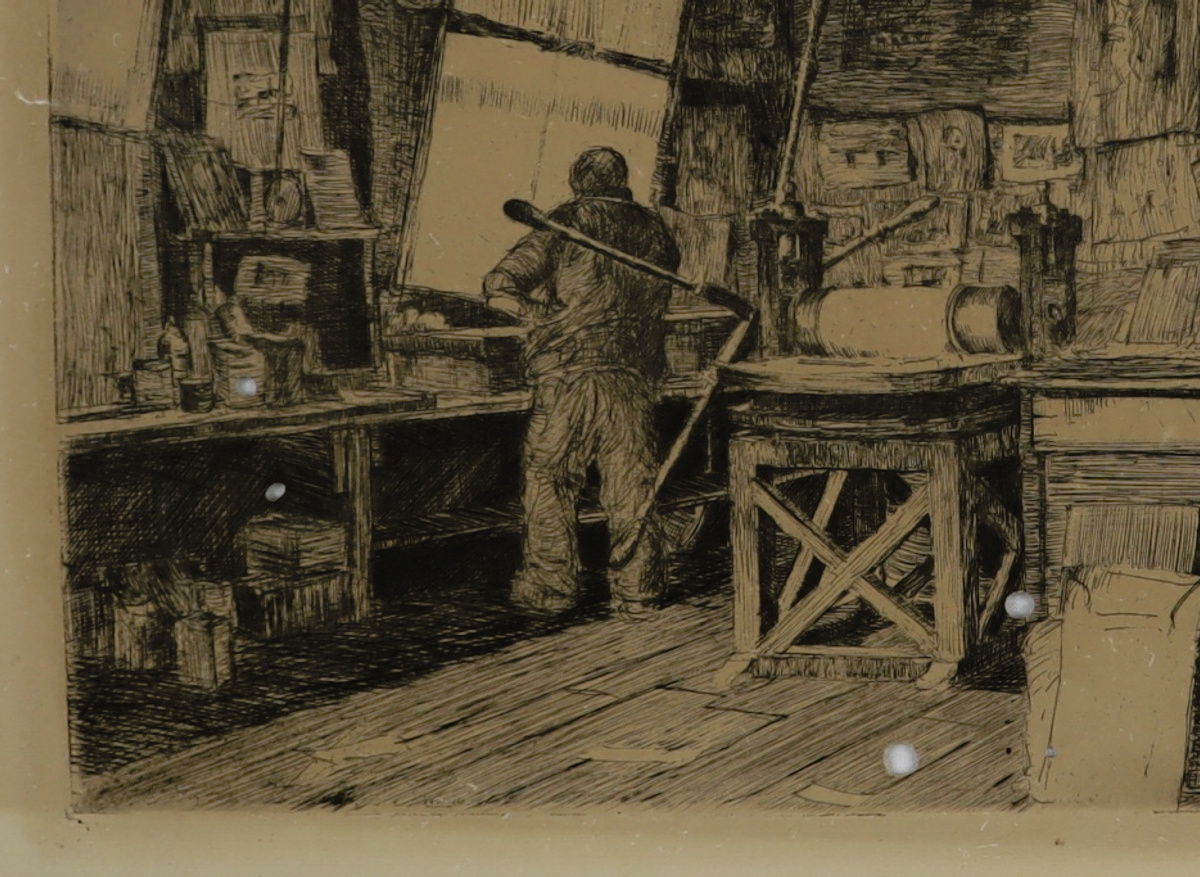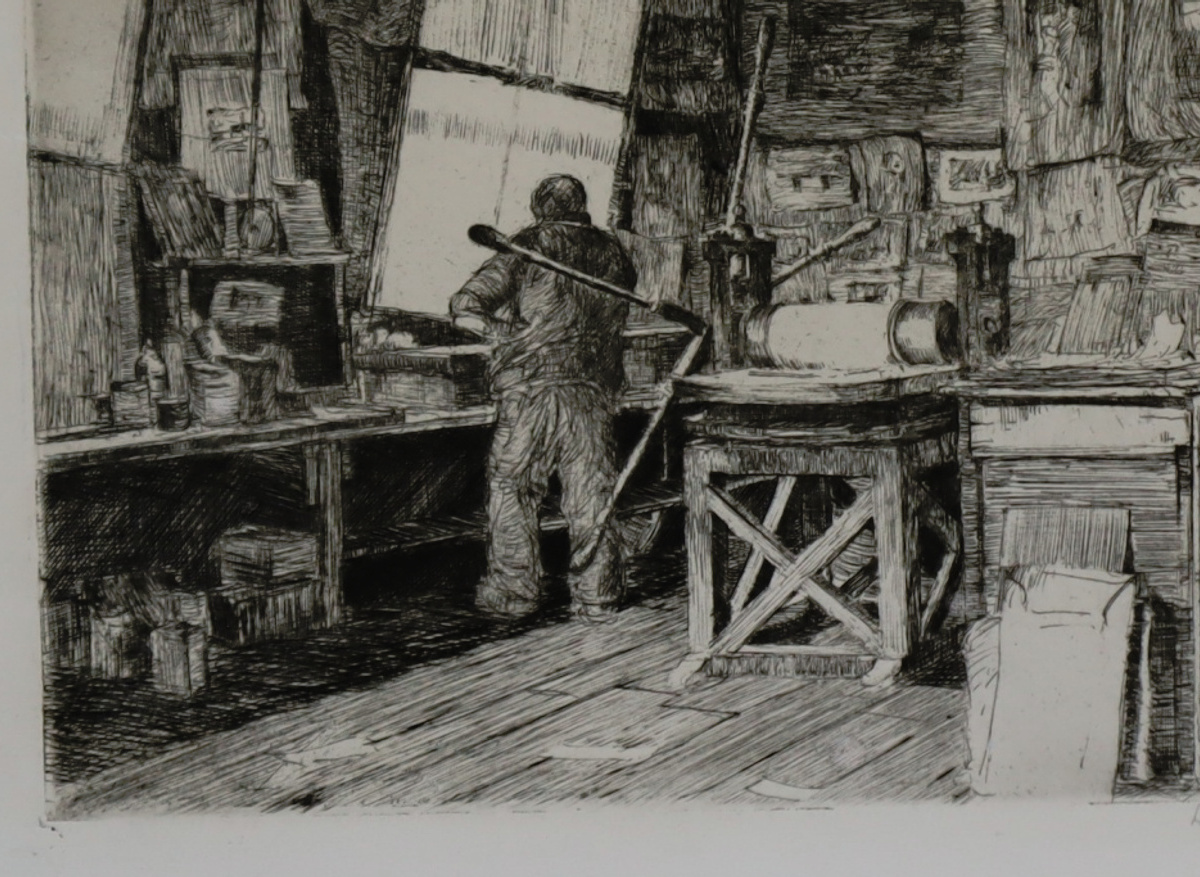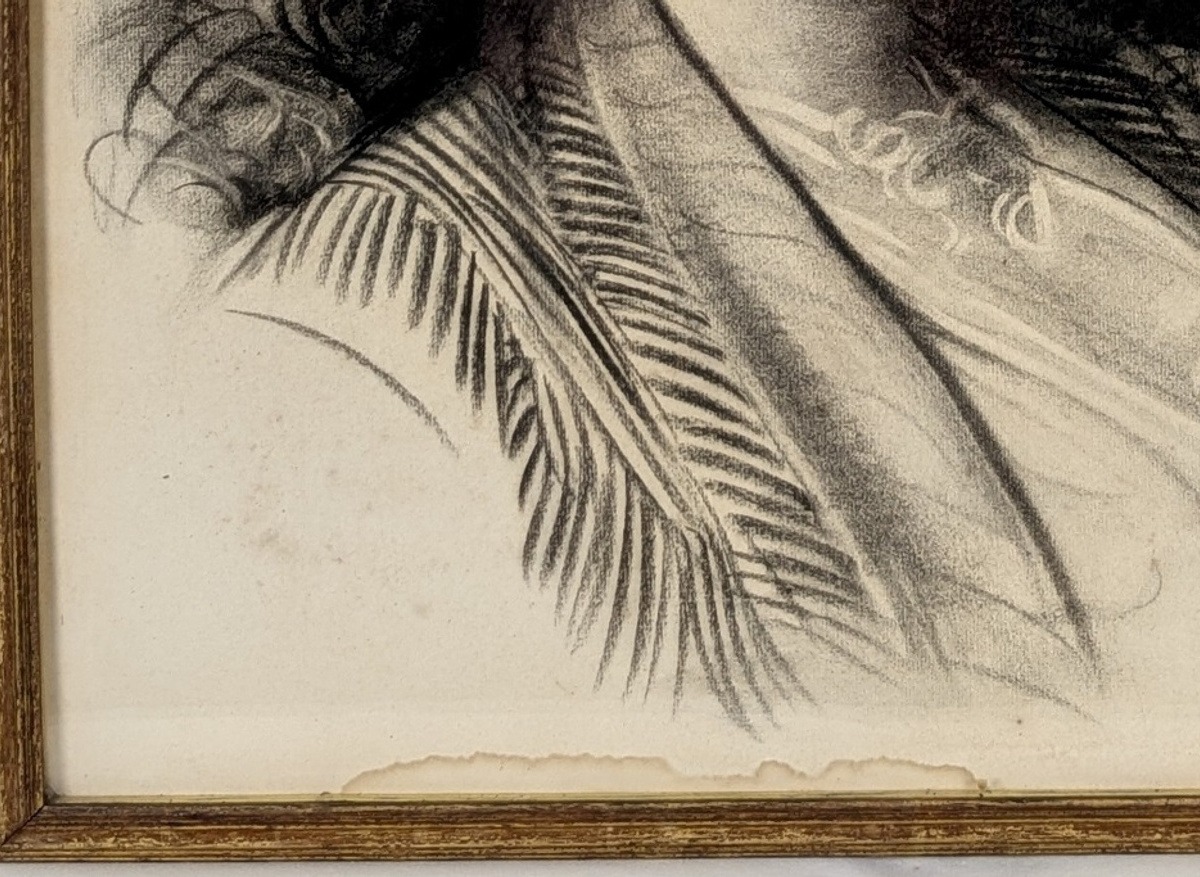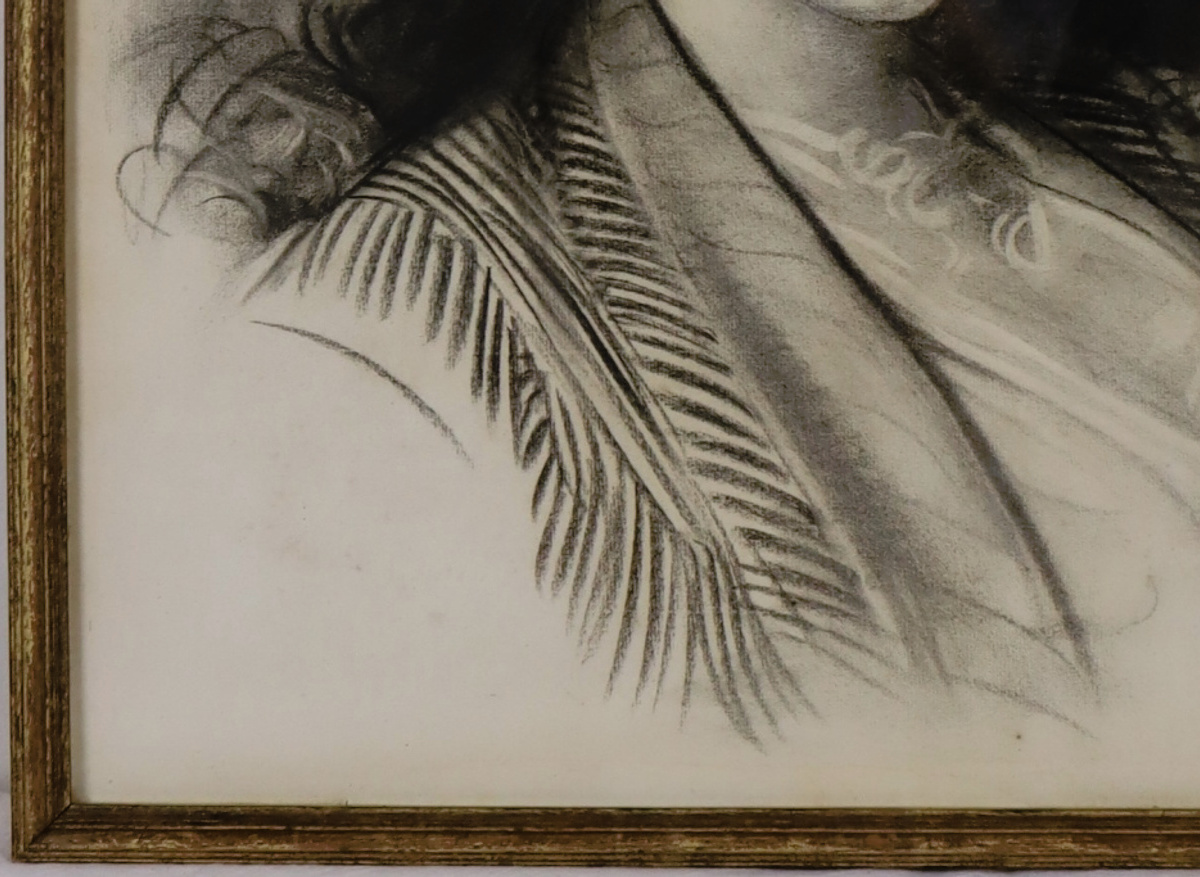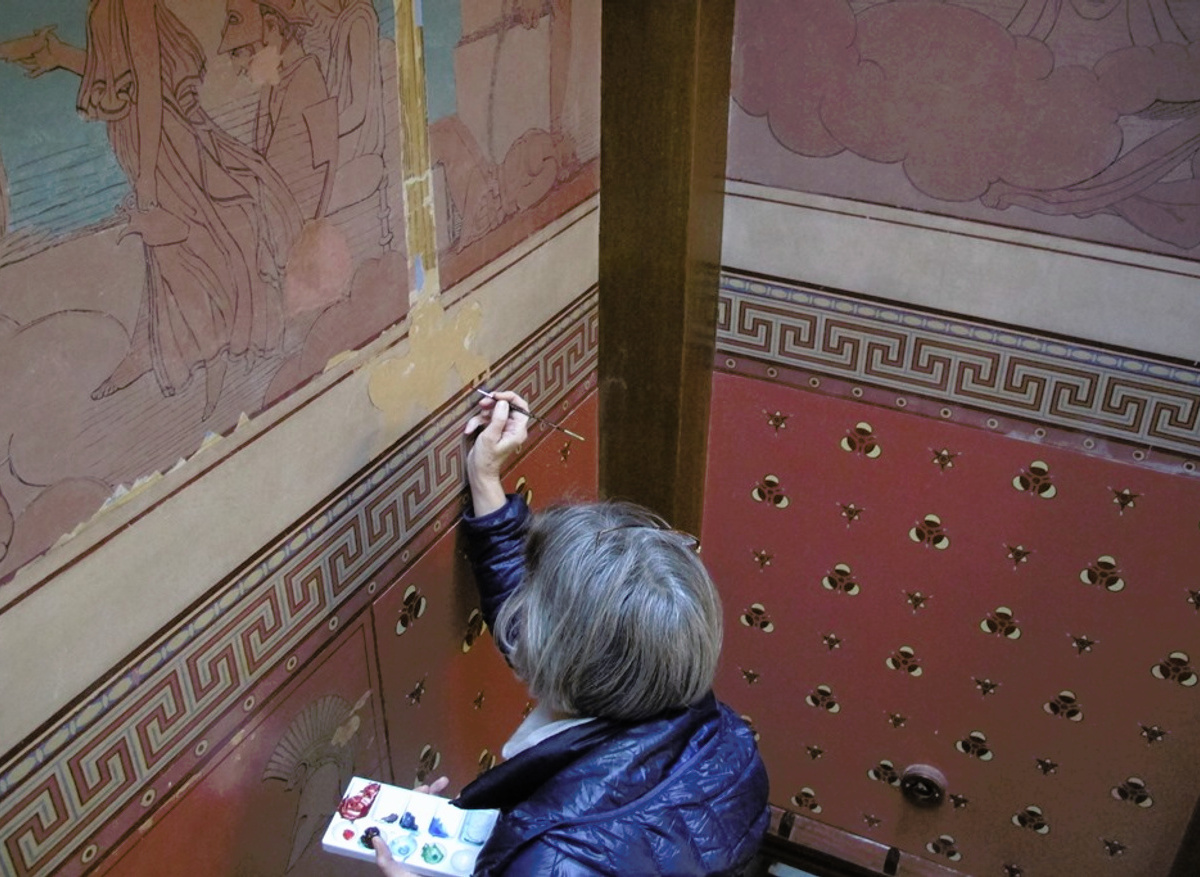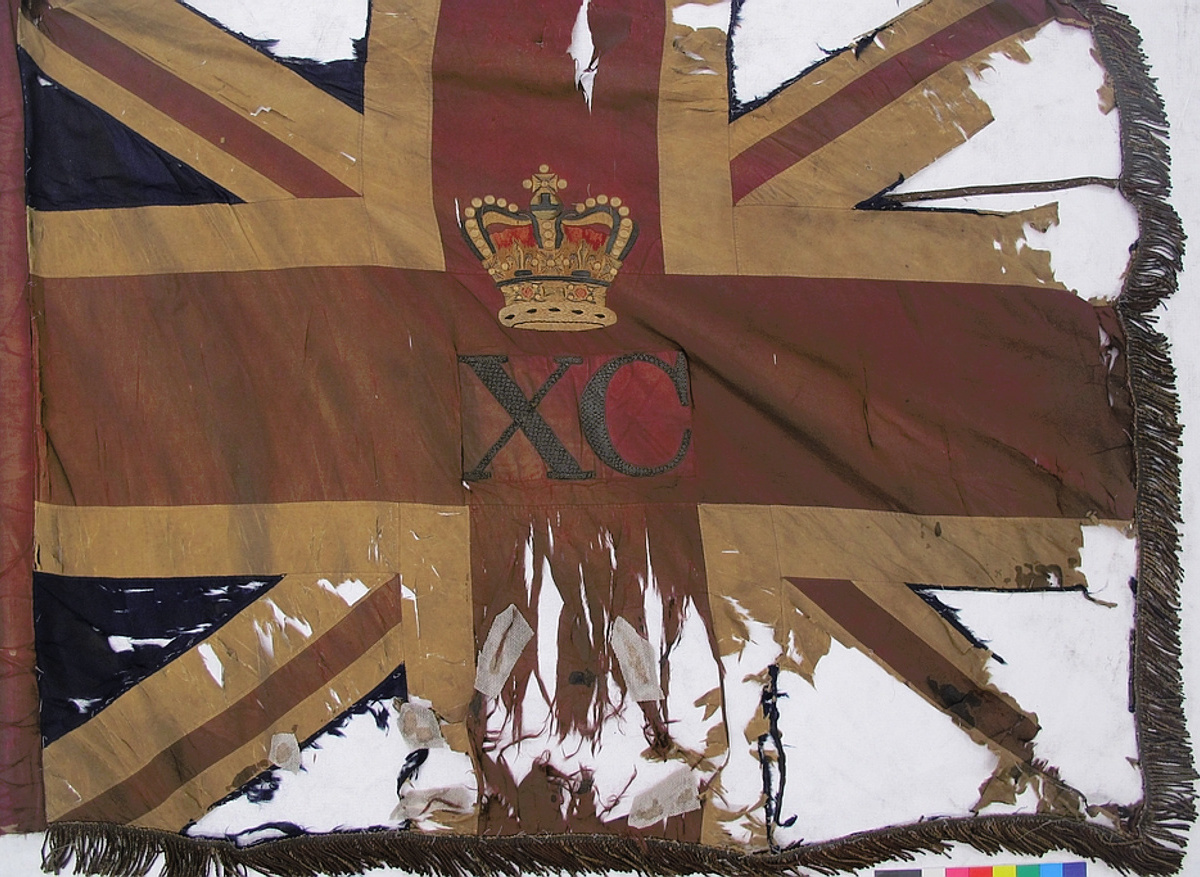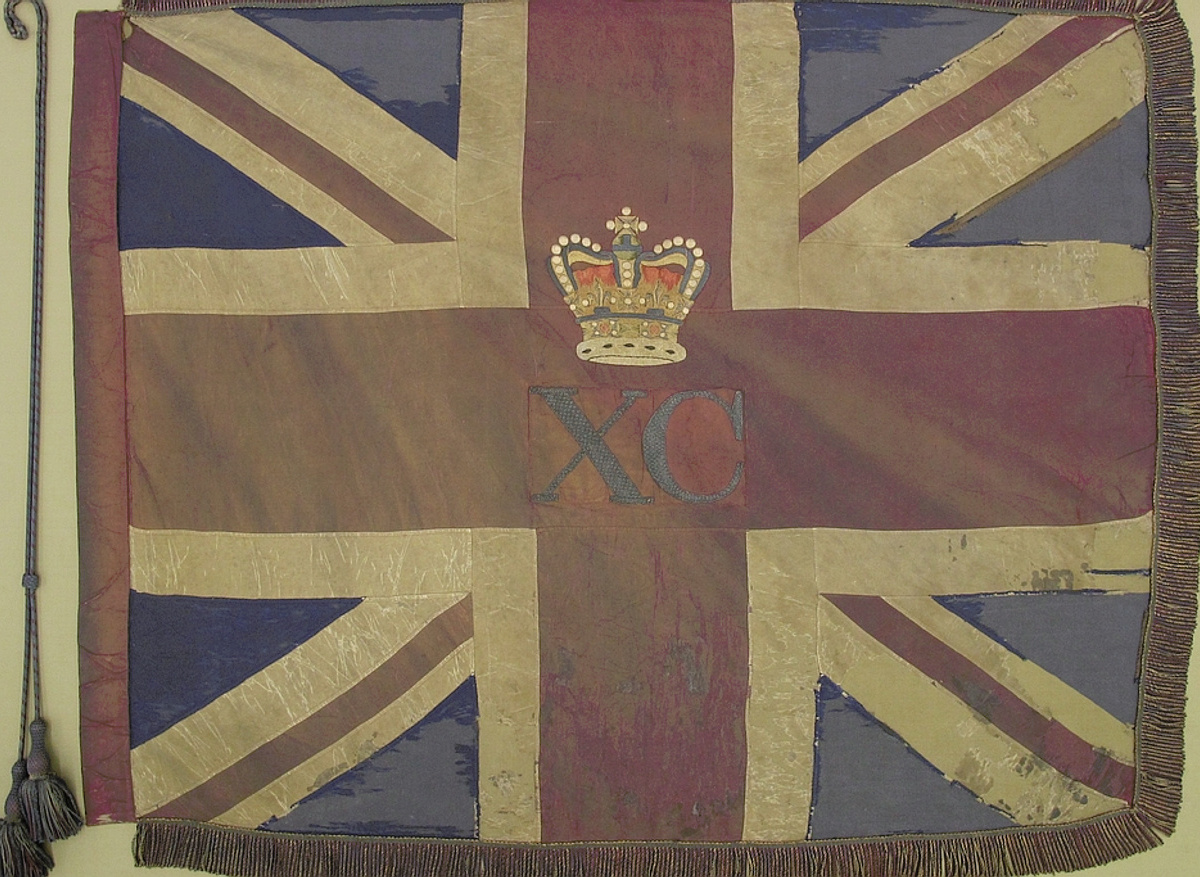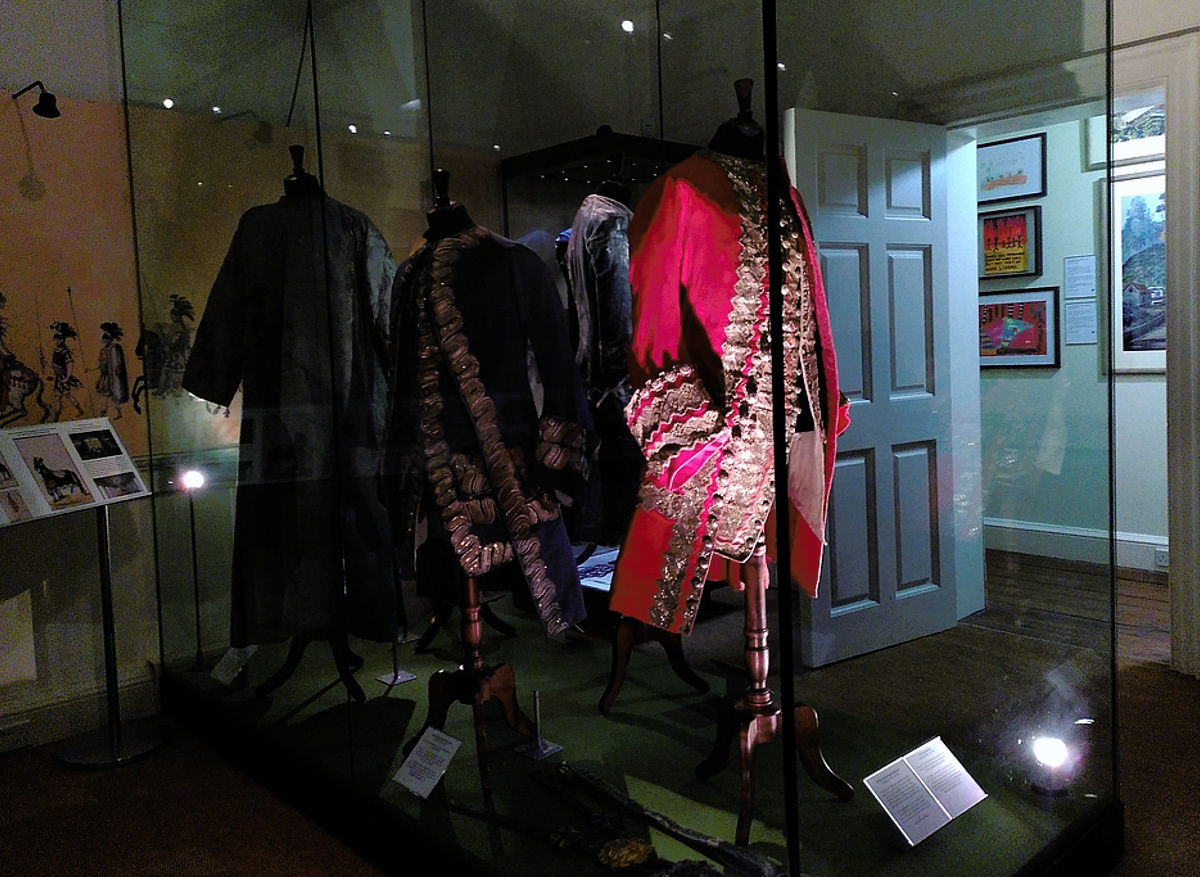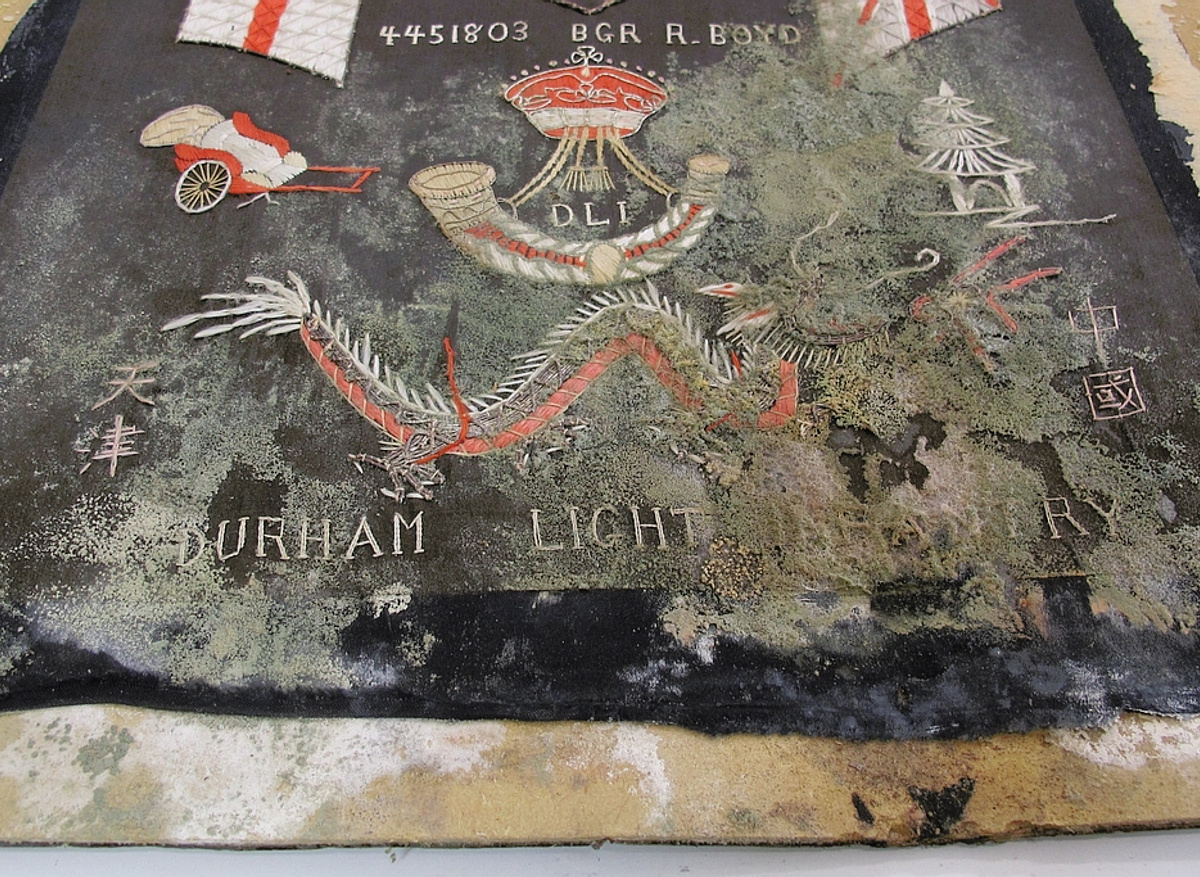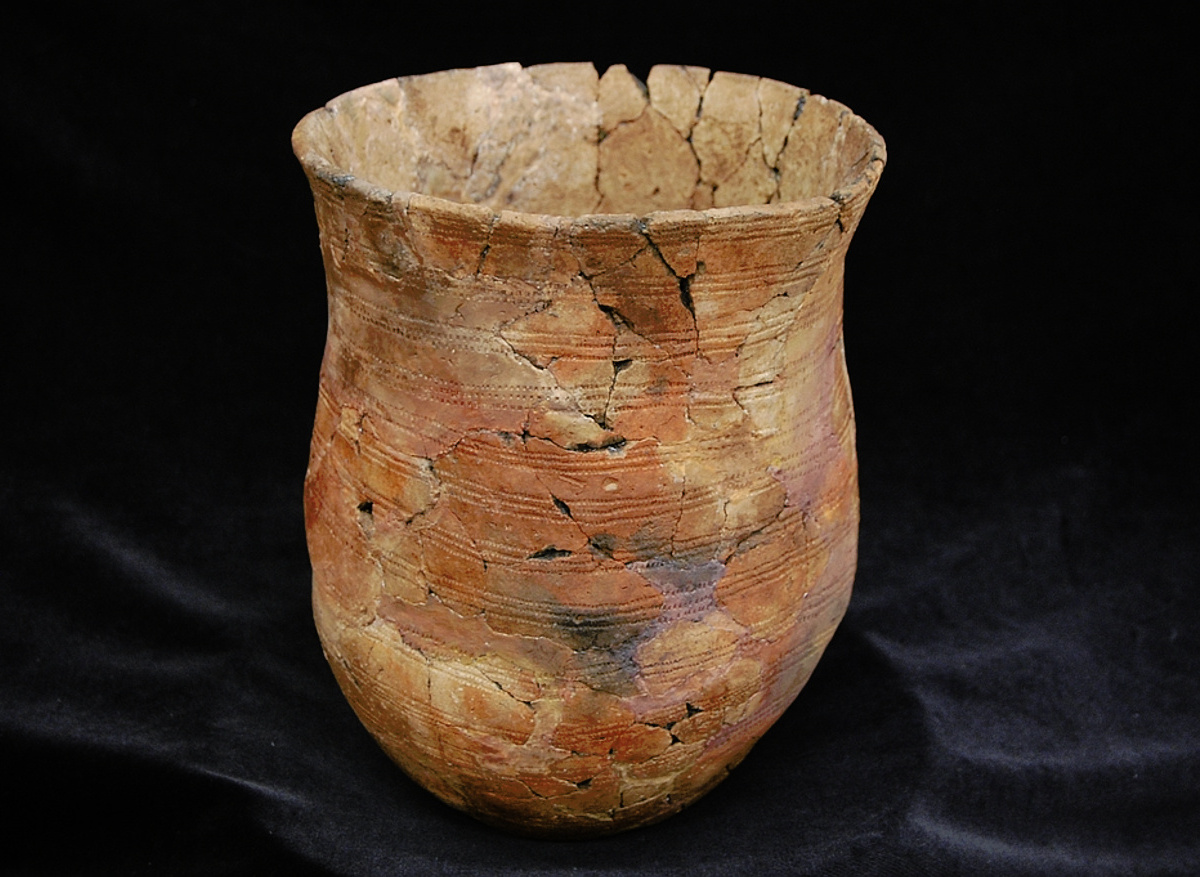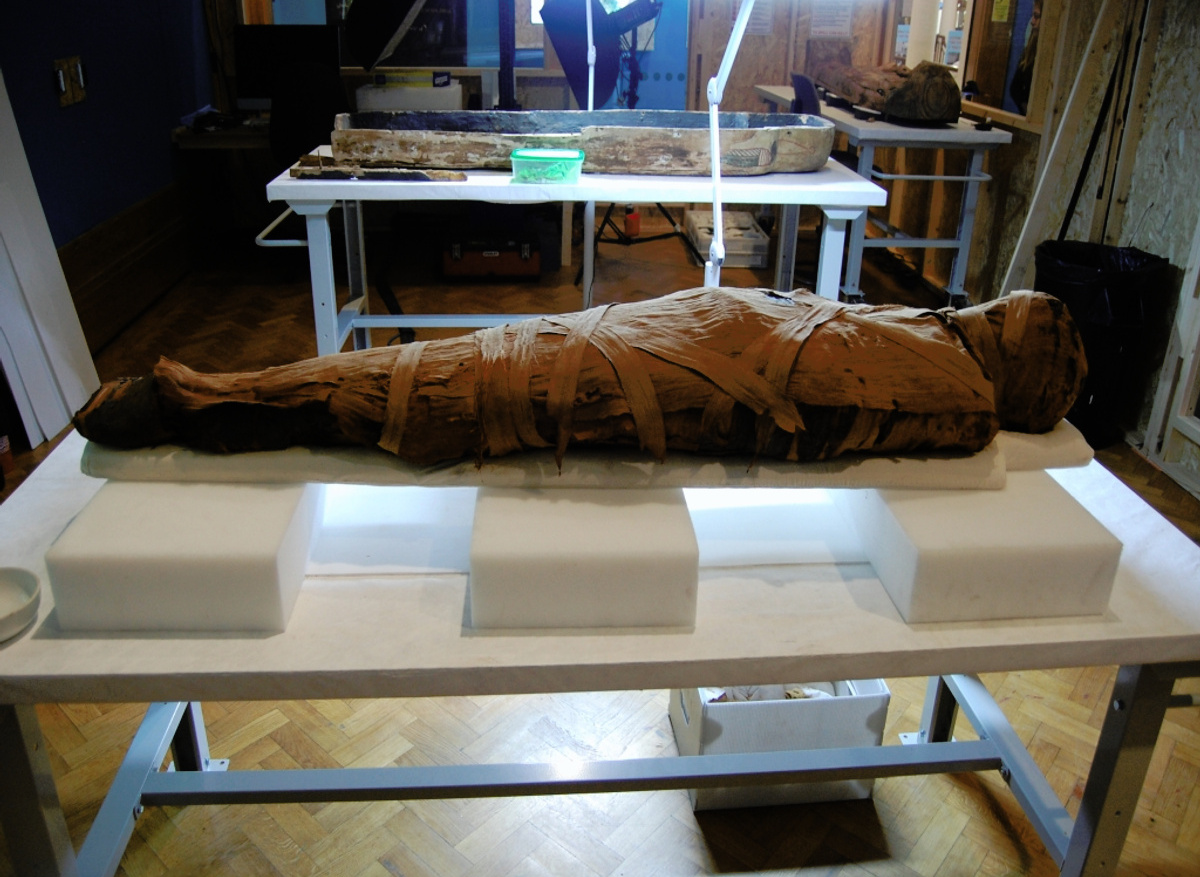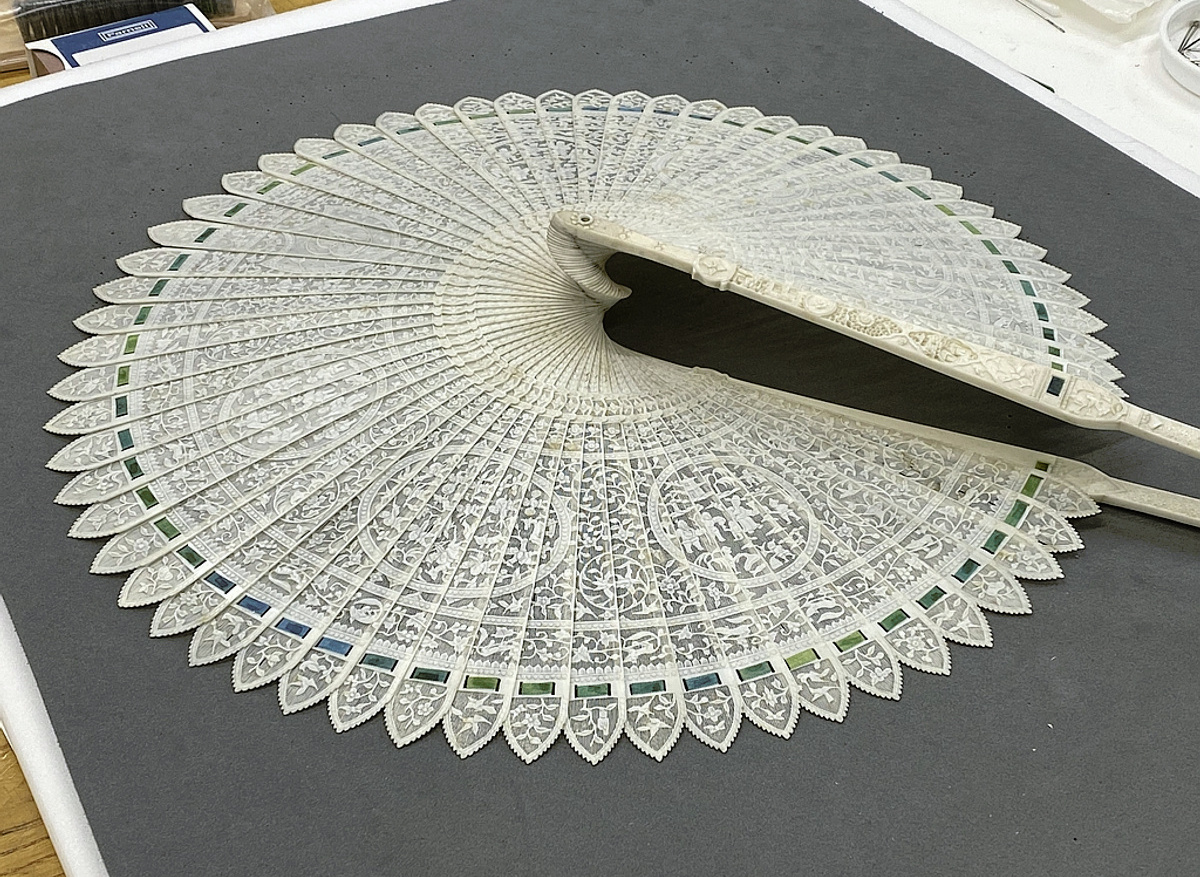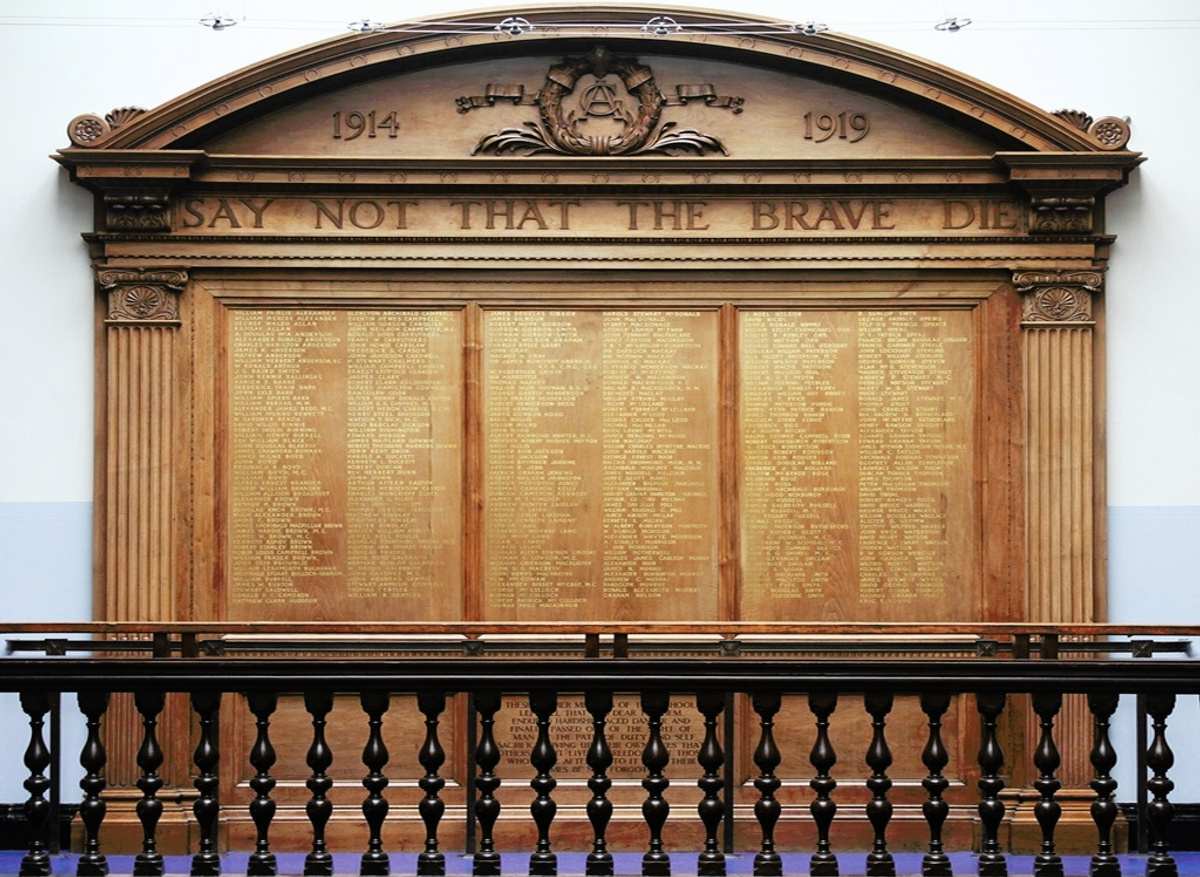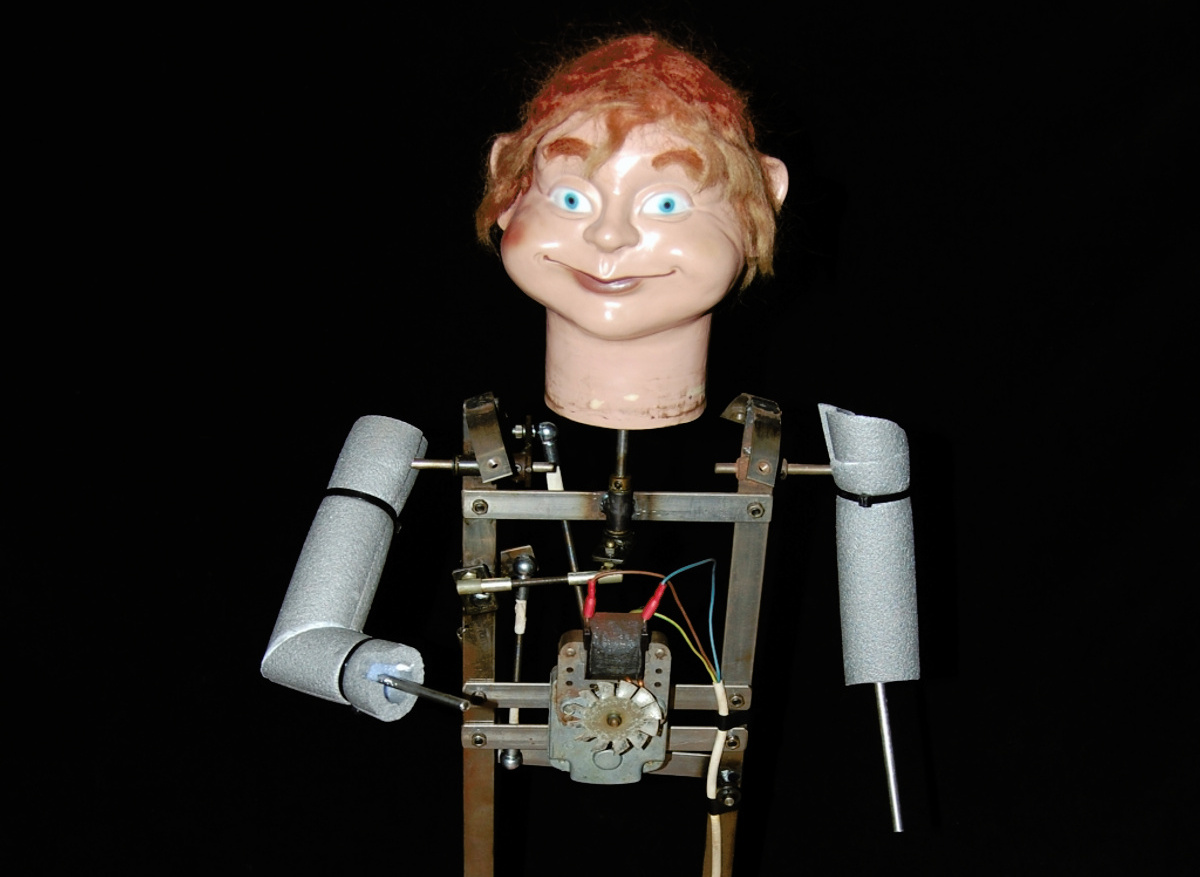The three business partners, Helen Creasy, Tuula Pardoe and Will Murray, work in three different disciplines: works of art on paper, textiles, and artefacts and archaeology. Each partner has 35 years + of experience. We have been running The Scottish Conservation Studio since 2005.
With advanced skills and in-depth knowledge, we work to the highest technical and ethical standards according to The Institute of Conservation Code of Conduct and Professional Standards. Conservation science and a thorough understanding of materials underpin our proposals and treatments. Working closely with our clients, we tailor our service to your needs. We aim to limit treatments to what is necessary and safe, and use conservation-quality, chemically stable materials to help you preserve your heritage objects for posterity. We advise you on the best care, storage and display of your objects.
We respond to exhibition deadlines and work to budgets. Our spacious, secure and flexible studio enables us to work on large and small objects and projects individually or as a team. The Studio is 10 miles west of Edinburgh, close to the Forth crossings. It has free parking and is fully accessible.
Working with The Scottish Conservation Studio
The Studio is in a fully equipped and accessible converted carriage house in the grounds of a stately home near Edinburgh. There is ample free parking outside our door. We have excellent security arrangements. The staff are all fully covered by professional indemnity insurance; we also have some consignment cover. We are insured to transport clients’ items in our own vehicles. We work on-site when required.
When approaching us with a potential project, we encourage clients to initially send photos by email. If the work is straightforward, we may be able to give a rough proposal and estimate based on these photos. Upon seeing the work in the Studio, we can examine it, do tests, and discuss expectations and treatment options; we then provide a written proposal and a firm estimate. We work with a local professional photographer to be able to supply the best possible quality images when required.
We have busy work programs, but aim to be able to fit treatments into meet client needs.
Our clients range from national institutions with large collections to private clients with one item in need of care. They encompass museums and galleries of all sizes, historic houses, business archives, auction houses, churches, dealers etc.
We are happy to undertake full collection surveys, provide advice on all aspects of collection care, give pre-purchase opinions, and, of course, undertake practical work in the Studio on all the object types of our specialisms.
Artefacts Conservation
Paper and Photograph Conservation
Helen Creasy primarily treats works of art on paper (prints, drawings and watercolours) but also posters, plans, miniatures, wallpaper, photographs, documents, parchment, papyrus – and so on! She is equally comfortable working on valuable prints by well-known artists as she is treating more humble drawings or documents of sentimental value. She enjoys meeting clients and discussing the best treatment approaches with them. Her many years of experience allow her to work quickly and efficiently, and to estimate accurately. Helen is happy to undertake site work, and training and coaching in the care of paper for people who work in museums.
Textile Conservation
Tuula Pardoe works on textiles, from samplers and washing Robert Burns’s socks, mounting the world’s oldest piece of tartan and Bonny Prince Charlie’s waistcoat for display, to stabilising the textile elements of the Scottish Crown Jewels. She is equally at home as part of an exhibition design team, assessing the condition and care needs of a single textile, small or large, or working on a collection of hundreds of textiles. She is a seasoned textile specialist with sound experience in estimating and treatment planning, interventive treatments, mounting, and training in the care of textiles. She brings in projects on time and budget.
Accredited members
Will Murray ACR
Will first encountered the world of archaeological conservation at Southampton City Museums where he worked with the team of dedicated archaeologists to conserve the Saxon heritage of the city. He obtained the Postgraduate Diploma in Archaeological Conservation from Durham University in 1988. After stints at Durham University and National Museums of Scotland, he was appointed to the post of Artefacts Conservator at Scottish Museums Council, providing conservation treatment and advice to a range of museums across Scotland. Will gained Accreditation in 2000. Since 2005 he has been a partner in the Scottish Conservation Studio at Hopetoun House, South Queensferry.
Helen Creasy ACR
Tuula Pardoe ACR
After graduating in textile conservation in 1991, Tuula’s 13 years in supporting Scotland’s 300+ member museums of the Scottish Museums Council consolidated her experience in museum quality conservation and care of textiles. She gained Accreditation in 2000, and 2005 set up the Scottish Conservation Studio partnership with her two colleagues. She provides a range of textile conservation services to the Studio’s clients. In 2007, Tuula’s project to conserve a rare early 17th-century man’s doublet won the prestigious Institute of Conservation Award for Conservation. Tuula represented textile conservation at the Institute of Conservation Accreditation Committee from 2011 to 2016.
Client testimonials
We have used Helen for cleaning and restoring many of our modern prints for well over 10 years, and we highly value her professional service. She is not afraid to take on challenging treatments, but equally happy to do less complicated work. She is straightforward and honest in her assessments and a pleasure to discuss work with. She can also meet a tight deadline when needed. We highly recommend her!
Lindy McNair
Director, ‘Modern Prints’
I have worked with Tuula on several textile projects over the years and always find her to be patient and methodical, delivering conservation treatments that suit the needs of the object and the client. Most recently, for the exhibition Stitched: Scotland’s Embroidered Art, Tuula prepared a number of large, embroidered textiles for display. It is a testament to her skill that her interventions were invisible to visitors, and the textiles looked incredible
Emma Inglis
Curator, The National Trust for Scotland
Will has worked on numerous projects for Kilmartin Museum over the last 15 years. Highlights include conservation of a rare Bronze-age weapons hoard including surviving wooden hafts, and most challenging, the reconstruction from hundreds of sherds of one of Britain’s earliest Beaker pots, now on display. Will is pragmatic and professional, working to an extremely high standard, and always carefully discussing the parameters and priorities in advance. I could not recommend his work more highly.
Dr Sharon Webb MBE FSA Scot
Curator of Archaeology, Kilmartin Museum

